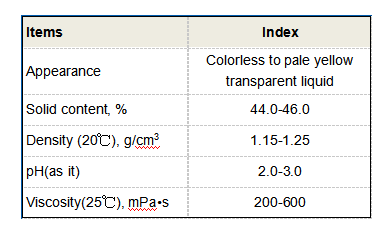Role of Poly Aluminium Chloride in Enhancing Water Treatment Efficiency and Purification Processes
Function of Poly Aluminium Chloride in Water Treatment
Water treatment is an essential process in ensuring the quality and safety of drinking water, as well as in the management of wastewater. Among the various treatment chemicals used, Poly Aluminium Chloride (PAC) has gained significant attention due to its effectiveness as a coagulant. This article explores the functions and advantages of PAC in water treatment processes.
Poly Aluminium Chloride is a polymeric form of aluminium chloride, employed primarily for its coagulation and flocculation properties. Coagulation is the process of clumping together sediment particles in water, while flocculation refers to the aggregation of these clumps into larger masses or flocs. These processes are crucial in removing suspended solids, colloids, and other turbidity-causing particles from water.
One of the primary functions of PAC in water treatment is its ability to destabilize and aggregate negatively charged colloidal particles. In natural water bodies, these particles often exhibit a negative charge, which causes them to repel each other and remain suspended. Upon the addition of PAC, the positively charged aluminium ions interact with these particles, neutralizing their charge and promoting aggregation. As a result, the previously suspended particles begin to clump together, forming larger flocs that can be easily removed through sedimentation or filtration.
In addition to its coagulation capabilities, PAC offers several advantages over traditional coagulants such as aluminium sulphate. One significant benefit is its lower dosage requirements. PAC is more effective at lower concentrations, leading to reduced residuals in treated water and less environmental impact. This efficiency not only enhances the cost-effectiveness of treatment operations but also minimizes the need for extensive post-treatment processes to remove excess coagulants.
function of poly aluminium chloride in water treatment

Another advantage of PAC is its rapid dissolution and effective performance across a wide pH range. Unlike other coagulants that may require specific pH conditions to function effectively, PAC operates optimally between pH values of 5 to 9. This flexibility allows water treatment facilities to adapt to varying water quality conditions without the need for extensive chemical adjustments, ultimately streamlining the treatment process.
The use of PAC also results in improved floc structure. The larger, more cohesive flocs produced by PAC are more effective in settling, leading to faster clarification rates during sedimentation. This enhances the overall efficiency of the treatment process, resulting in higher quality water in a shorter timeframe. Moreover, the robust flocs formed can be easily removed by mechanical processes, further simplifying the treatment procedure.
Furthermore, PAC has been shown to reduce the concentration of various contaminants in treated water, including heavy metals, organic matter, and pathogens. Its multifunctional role makes it a crucial component in achieving compliance with water quality standards. As regulatory frameworks become more stringent globally, the demand for effective water treatment agents like PAC continues to grow.
In conclusion, Poly Aluminium Chloride plays a pivotal role in water treatment processes due to its effective coagulation and flocculation properties, lower dosage requirements, and operational flexibility. Its advantages over traditional coagulants make it a preferred choice for many water treatment facilities aiming to produce high-quality drinking water and manage wastewater effectively. As the need for clean water persists, PAC stands out as a critical tool in the ongoing efforts to ensure water safety and sustainability.
-
Water Treatment with Flocculant Water TreatmentNewsJun.12,2025
-
Polymaleic AnhydrideNewsJun.12,2025
-
Polyaspartic AcidNewsJun.12,2025
-
Enhance Industrial Processes with IsothiazolinonesNewsJun.12,2025
-
Enhance Industrial Processes with PBTCA SolutionsNewsJun.12,2025
-
Dodecyldimethylbenzylammonium Chloride SolutionsNewsJun.12,2025





